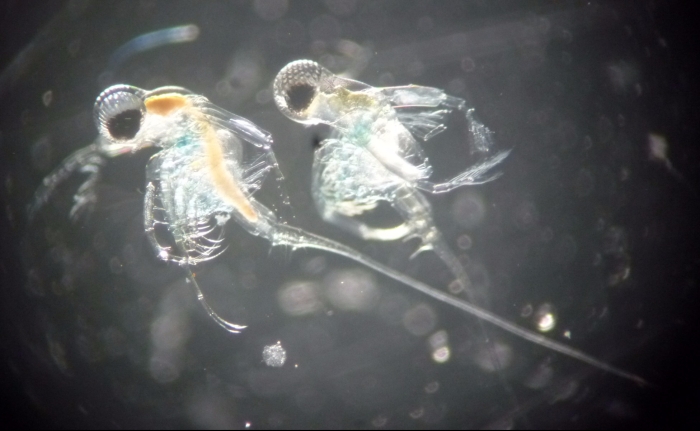Is Bythotrephes not invasive at home due to prey adaptation?
Funding: FWF, Lower Austria (“Matching Funds”)
Leader: Radka Ptáčníková
Collaborators:
- Jens Nejstgaard (IGB Stechlin, DE)
- Marc Frischer (Skidaway Institute of Oceanography, USA)
- Adam Petrusek(Charles University, Prague, CZ)

Project summary:
Spreading and establishment of species beyond their native range may have drastic ecological, environmental and socio-economic consequences. While alien species invasions receive attention, detailed knowledge about the species in their native area is often lacking. This is critical since such knowledge would help understanding potential impacts of the species in both native and invaded areas. The apparently lower impacts in the native range are often credited to long time co-evolution, however this assumption is rarely tested. Instead, we suggest that such invasive species may also have a more significant role than previously considered in their native areas.
In this project will be investigated the performance of a large voracious predatory cladoceran Bythotrephes longimanus (the spiny water flea) and its impacts on zooplankton populations in a part of its native range, the Austrian Alpine lakes, with focus on mechanisms of prey defense adaptations in lakes where the predator is present. We aim to investigate: A) whether and how frequent Bythotrephes may reach abundances that cause significant direct and indirect effects on zooplankton community
structure and biodiversity in alpine lakes and, B) if difference in prey co-evolution of two common prey species (cladocerans of the Daphnia longispina complex and copepod Eudiaptomus gracilis) with Bythotrephes from lakes with and without presence of Bythotrephes may result in prey behavior changes and increased predator defense. This is important since Bythotrephes is likely an overlooked key species in freshwater ecosystems. Thus, better understanding about its trophic role in the ecosystems is critical
for modeling and predictions.